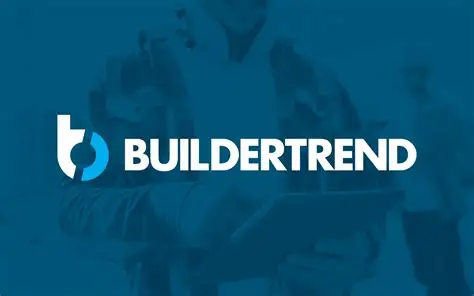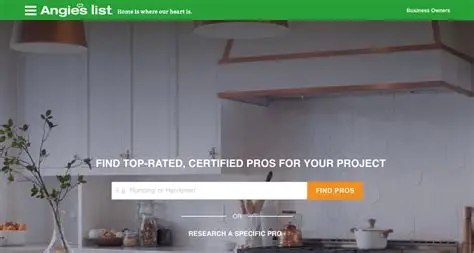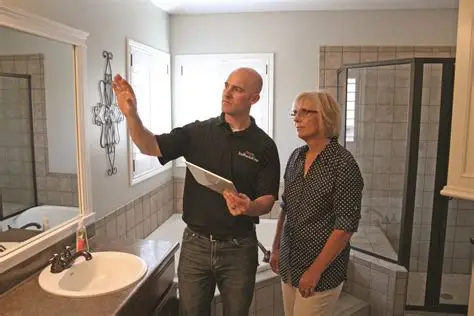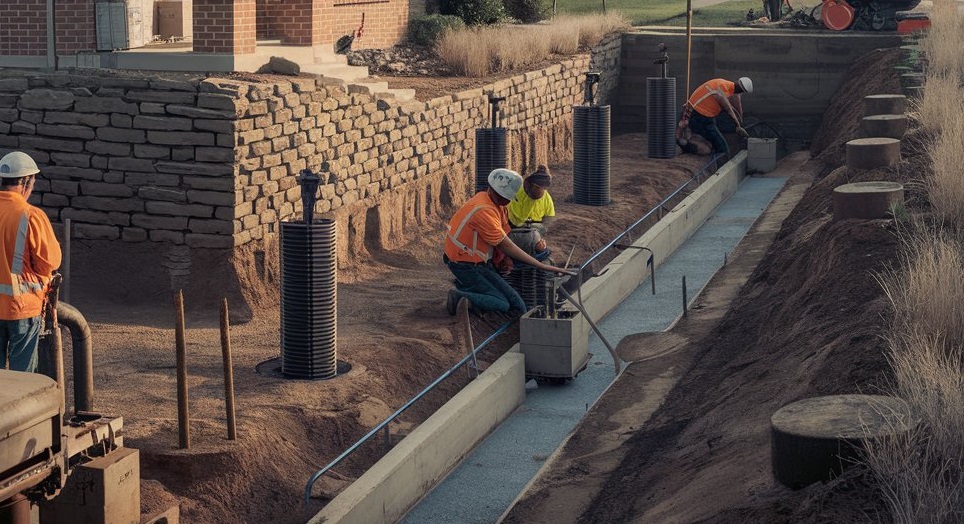Finding a dependable contractor for bathroom remodeling isn’t just about price. A wrong hire can lead to delays, sub‑standard finishes, hidden costs, or even safety/code violations.
A high‑quality contractor ensures that plumbing, electrical, waterproofing, tiling, fixtures and finishing are done properly. They also coordinate subcontractors, source materials, manage permits, and deliver a timeline you can work with.
When you hire right, you get better craftsmanship, less stress, predictable budgets, guaranteed compliance to local regulations, and you protect the value of your home. This not only makes the remodeling process smoother, but can also prevent costly issues later, such as leaks, mold, or structural damage.
Key Criteria to Look for When Selecting a Contractor
Here are essential factors to evaluate:
Licensing, Insurance & Credentials
Always verify that contractors hold proper licenses as required in your locality. Ask for proof of liability insurance and workers’ compensation. Credentials (certifications, trade association membership such as NKBA or similar in your country) show commitment to professional standards.
Work History & Portfolio
Check past projects. Ask to see photos (before, during, after). Seeing quality of tile work, waterproofing, finish carpentry gives insight into their attention to detail. If possible, visit a previously completed job to inspect in person.
References & Reviews
Reach out to previous clients. Ask them about communication, timeliness, adherence to budget, how unexpected problems were handled. Review online ratings, but also dig deeper: check for recurring complaints or patterns, not just isolated bad reviews.
Multiple Quotes & Transparent Contracts
Obtain at least 3 estimates. Not just cost, but what’s included (materials, labor, permits). Detailed written contract is a must. It should specify scope, timeline, payment schedule, handling of changes, cleanup, warranty.
Local Knowledge
A contractor that operates locally is likely to know local building code, where to source materials, and reliable subcontractors. This helps avoid surprise delays or costs when importing material or hiring non‑local labor.
How Technology & Platforms Simplify Finding a Bathroom Remodeling Contractor
Technology makes it easier to search, compare, and manage contracts. Here are how certain tools help and their benefits:
-
Online directories & marketplaces let you search contractors in your area, see reviews, portfolios, even previously done work. This saves you time versus calling randomly.
-
Mobile apps for home services allow you to get quotes, check licensing/insurance, chat with pros, sometimes send project photos.
-
Project management and estimating software are more used by contractors, but indirectly beneficial: better contractors use these tools which yields more accurate quotes, fewer misunderstandings.
-
Visualization tools / floor plan apps allow you to show your prospective contractor exactly what you want, making estimates more accurate and reducing scope creep.
By using technology you can reduce risk, better compare offers, ensure transparency, and have documentation to rely on.
Top Apps & Platforms to Find Bathroom Remodeling Contractors
Below are real‑world platforms that help homeowners connect with trusted bathroom remodeling contractors. For each, detailed info, benefits, and use cases are provided.
Thumbtack

Thumbtack is a marketplace app/website where homeowners describe their project, then local pros send quotes. You can see reviews, photos, pricing, and sometimes licensing info.
Benefits:
-
Fast sourcing of multiple contractors: instead of cold‑calling, you can post once and receive multiple bids.
-
Transparency: you can compare reviews, see ratings, see cost estimates and get detailed business info.
-
Convenience: chat, schedule, compare all in one place.
Use Case / Problem Solved:
Imagine you want to remodel a 5×7 ft bathroom: new tiling, plumbing fixtures upgraded, waterproofing. You aren’t sure how much this should cost or whom to trust. You post the details on Thumbtack, contractors around you send bids. You view their portfolios, see real photos, ask questions. You pick someone who has good reviews, reasonable bid, and may even message them inside the app for clarifications.
Why people need it: It reduces searching, gives visibility into contractors’ work and cost, helps prevent over‑paying or hiring someone unqualified.
How to Use / Where to Use It:
-
Download the Thumbtack app or visit the website.
-
Describe your project: size, scope, materials you want, photos if possible.
-
Review contractors who bid: check reviews, licensing, portfolio.
-
Arrange in‑person estimate if needed.
-
Sign contract, payment terms, timeline.
Availability / Buying (or Hiring):
Thumbtack is free for homeowners; contractors pay for leads or use subscription in many cases. So no “purchase” needed; just use the platform to hire. You might need to pay deposits to contractors once you select one.
Buildertrend

Buildertrend Streamlining the Construction Industry
Buildertrend is more of a contractor’s management platform, though homeowners benefit indirectly. It includes estimating, proposals, change orders, scheduling, budget tracking, photo/document storage.
Benefits:
-
Accurate estimating and proposals: contractors using it tend to offer quotes with clearer line‑items.
-
Better communication: homeowners can see progress, documents, change orders, photos during the project.
-
Fewer surprises: budget vs actual cost tracking helps catch overruns early.
Use Case / Problem Solved:
If a contractor provides you a quote, but midway through the job changes come up (say the plumbing behind the wall needs replacement), a contractor using a tool like Buildertrend can issue a change order with cost and timeline impact. You get to see that documentation, agree, and avoid confusion. Without that, you might be surprised by extra charges or delays not clearly communicated.
How to Use / Where to Buy / Hire Through:
-
As a homeowner, ask prospective contractors whether they use Buildertrend or similar tools for quotes/progress tracking.
-
If they do, request to see sample proposal generated from the software so you can evaluate clarity.
-
Contractors subscribe to the service; homeowners don’t buy it—but benefit by working with contractors who use it.
Angi (formerly HomeAdvisor / Angie’s List)

Angi is a long‑standing directory/marketplace of home service professionals. Users can search by service and location, read reviews, see ratings, and request quotes.
Benefits:
-
Established reputation and large contractor base.
-
User feedback and review system helps vet pros.
-
Many Louisiana, California etc have many local pros listed, so good chance of finding someone local.
Use Case / Problem Solved:
If your bathroom is old, needing full remodel (tiles, plumbing, lighting, waterproofing), you want someone who has done similar full jobs. Angi allows you to filter by past work, read reviews specifically about full remodels, see real customer photos, see licensing info. You can request quotes from multiple contractors. This helps in comparing not just price but quality, communication, timeline.
How to Use / Where to Buy / Hire:
-
Use the Angi website or app.
-
Enter your zip/postal code, type of job (“bathroom remodel”), budget range.
-
Review profiles, see ratings, previous project photos.
-
Reach out for quotes, do a site visit with a few top choices.
Houzz

Houzz is both inspiration and professional directory. You can browse design photos, collect ideas, then find professionals in your area who have done similar designs. Some profiles show past projects, reviews. Houzz also has tools like “Real Cost Finder” to help you estimate what remodeling in your area might cost.
Benefits:
-
Visual portfolio: seeing finished work helps you decide style and quality expectation.
-
Inspiration + contractor matching in one place. Helps avoid miscommunication of what you want.
-
Cost‑insight tools help you set realistic budget before approaching contractors.
Use Case / Problem Solved:
If you have an idea or style in mind (say modern minimalist bathroom, freestanding tub, frameless glass shower), you can find photos, save ideas, then identify pros in your area who have done similar. You can show them examples so your vision is clear, leading to more precise quotes. For example, seeing few bathroom designs with custom tiles helps you tell contractor “I want something like this” rather than vague instruction, which often leads to mismatch.
How to Use / Where to Buy / Hire:
-
Use Houzz website or app. Create ideabooks with your design ideas.
-
Search professionals; check their past works/photos.
-
Message them, get quotes, clarify materials/styles.
Step‑by‑Step Plan: Best Way to Find and Hire a Contractor for Bathroom Remodeling
Putting it all together, here is a suggested roadmap you can follow:
-
Define Your Project Clearly
Write down what you want: new tiles? full waterproofing? moving plumbing fixtures? lighting? vanity style? Include photos or sketches. The clearer you are, the better estimates will be. -
Set a Budget & Timeline
Research typical costs in your area (use tools above), decide how much you are willing to spend. Also decide when you want the work done; urgency often raises cost. -
Collect Referrals & Search Online
Ask friends, family, neighbors. Use local social media or community boards. Then use platforms like Thumbtack, Angi, Houzz to find contractor candidates. -
Check Credentials & Portfolio
For each candidate, verify license and insurance, view past work, especially projects similar to yours. Ask for references and check reviews. -
Get Multiple Quotes
Aim for at least three detailed quotes. They should include materials, labor, permit cost, cleanup, timeline, and how changes will be handled. -
Assess Quotes Beyond Price
Evaluate what each quote includes. The lowest cost isn’t always best; quality of materials, experience, warranty, timeline matter. Check for hidden costs (waterproofing, plumbing rerouting, structural work etc.) -
Negotiate & Create a Contract
When you decide on a contractor, negotiate if possible. Make sure all details are written: payment schedule, work phases, timeline, change order process, warranty, who is responsible for permits etc. -
Monitor Work & Communicate
During remodeling, stay in communication. Inspect key parts (e.g. waterproofing). If using contractor with tools like Buildertrend, ask to see progress reports/photos. -
Final Inspection & Warranty
Once done, do a walkthrough with your contractor. Check that everything is done per agreement. Make sure any warranty or guarantee in writing.
Benefits of Using These Methods & Platforms in Practice
Here are detailed benefits, with particular reference to those platforms and methods above:
-
Time & Effort Saved
Rather than cold calls, driving around, visiting multiple showrooms, you post your project and get matched, which saves hours. -
Improved Quality & Visibility
Because contractors know their portfolios, reviews, and ratings are visible, there is more incentive to do good work. You can see their past work, which sets expectations. -
Better Budgeting & Fewer Surprises
Because quotes from multiple contractors (especially using estimation tools or seeing photos/designs) are more detailed, you can see where costs are going. Tools like Buildertrend or Houzz’s cost tools help you understand what things cost in your area. -
Increased Accountability
Written proposals, documented changes, photography of progress, review tools increase accountability. If something is not built to code or expectation, you have proof and contract terms to enforce. -
Access to Skilled Trade & Specialized Services
Some contractors specialize in bathroom waterproofing, high‑end tile, custom cabinetry etc. Platforms allow filtering for specialty; portfolios show whether someone handled the kind of work you want.
Real World Example Scenarios
These will help you see how different methods/tools matter in different settings:
-
Example A: Small Budget Bathroom Refresh
A homeowner wants to update tile, replace vanity and lighting without touching plumbing. They might use Thumbtack or Angi to find contractors who do modest refresh work. They can specify the materials (standard), get quick quotes, pick someone with good reviews who offers solid value. Because scope is limited, contract may be simpler. -
Example B: Full Remodel Including Layout Change
If moving walls or plumbing, replacing floors, installing custom features, waterproofing, etc., then using Houzz for design inspiration + portfolio matching is useful. Also ensure the contractor uses estimating/project management tools for transparency. Getting detailed contracts and including change orders will matter more here. -
Example C: Luxury / High‑end Finishes
Suppose you want premium tile, a freestanding tub, custom cabinetry. Review contractor portfolios for high‑end work (via Houzz or their websites), possibly angles for who uses Buildertrend or similar management tools, so timeline, quality, and detailed proposal matter. Also pay more attention to references, warranty, certification.
Potential Pitfalls & How to Avoid Them
-
Lowest Bid Temptation
A low quote can omit important items (waterproofing, correct permits, or using less durable materials). Always ask for line‑by‑line breakdowns. -
Unlicensed / Uninsured Contractors
Without licenses/insurance you could be liable for accidents, or code violations may force you to redo work. -
Scope Creep and Hidden Costs
Unforeseen issues (e.g. water damage, structural issues) often emerge once work begins. Good contracts should state how unforeseen work is priced and approved. -
Poor Communication
If contractor is slow to respond, vague about timeline or materials, that often foreshadows issues. Prefer contractors who show good communication upfront. -
Lack of Written Contract
Verbal agreements lead to misunderstandings. Written contracts protect both parties.
Summary: Best Practices Checklist
To help you apply this article, here’s a checklist for the best way to find and hire a bathroom remodeling contractor:
-
Define project scope + prefer examples/photos
-
Set budget and timeline before talking with contractors
-
Get referrals + search platforms (Thumbtack, Angi, Houzz etc.)
-
Verify license, insurance, credentials
-
Examine portfolio and past work similar to your job
-
Obtain at least 3 detailed quotes
-
Compare not just price but materials, warranty, finish quality
-
Use contracts that cover scope, change orders, payment schedule, permits
-
Monitor progress, documentation, communication
-
Final inspection + ensure warranty
FAQ
How much should I expect to pay for a bathroom remodel in my area?
Costs depend heavily on location, size, scope, materials, and whether plumbing or structural changes are needed. For a simple refresh (vanity, lighting, paint, tile), you might spend a few thousand dollars. For full remodels with layout changes, premium materials, waterproofing, you may spend significantly more—tens of thousands depending on region. Use local cost‑estimator tools on platforms (Houzz, Thumbtack etc.) to get ballpark figures first.
Is it okay to hire the contractor with the lowest quote?
Not always. Lowest quote may omit key components (quality materials, proper waterproofing, or valid permits) or might indicate a contractor cutting corners. More important is value: what’s included, quality, references, timeline, warranty. Sometimes a moderately higher quote gives better long‑term durability and satisfaction.
What questions should I ask contractors before hiring?
Some important ones:
-
Can you show me recent projects similar to what I want?
-
Do you have valid license and insurance, and can you provide proof?
-
What is the full written estimate? Who handles permits?
-
What is your timeline? Start date, key milestones, completion date.
-
How do you handle change orders (if unexpected issues like plumbing behind wall)?
-
What is your payment schedule (deposit, milestones, final)?
-
What guarantees or warranties do you offer on work and materials?








Leave a Reply